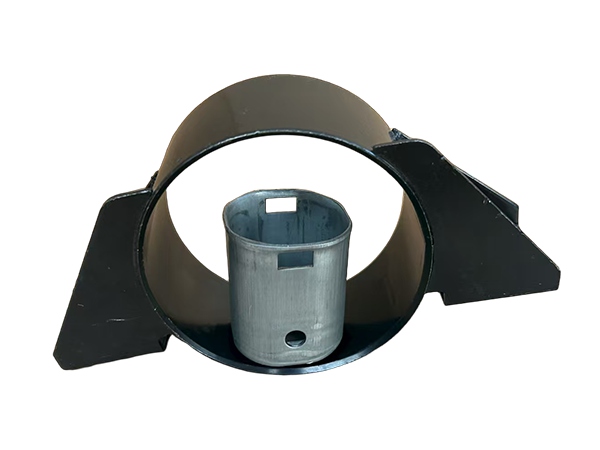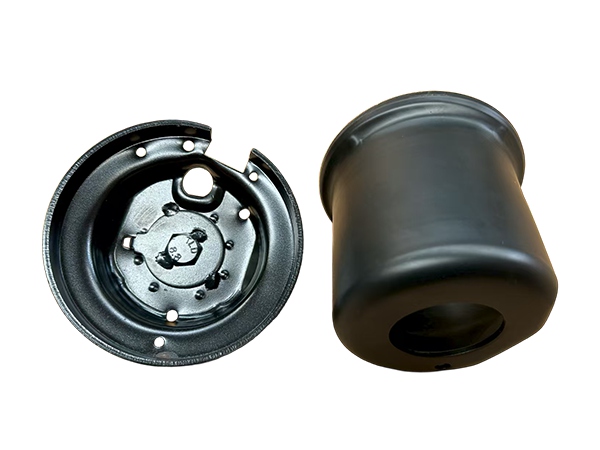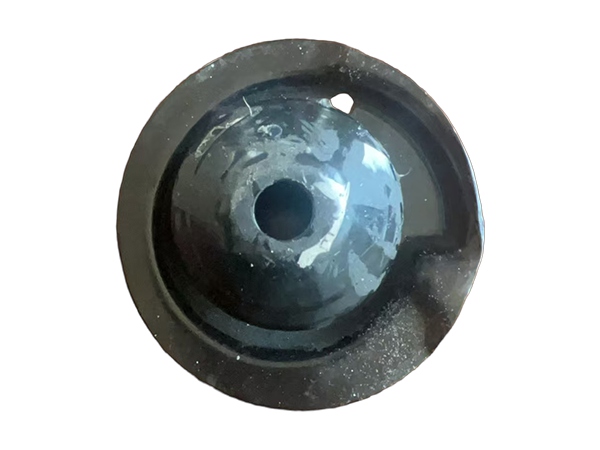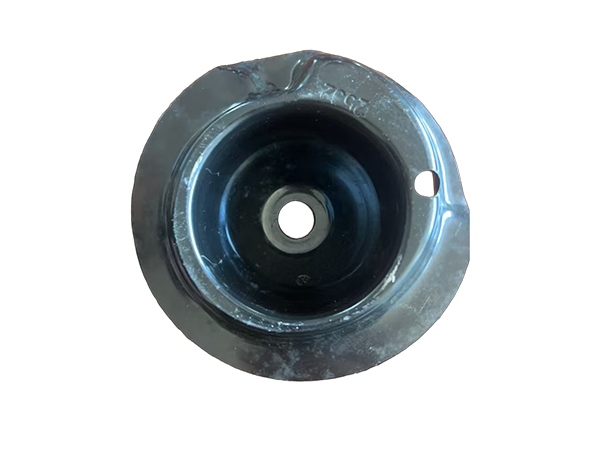The core role of automotive hardware accessories
Publish Time:2025-08-12 18:07:01 Author:Hengyuntai Views:150
Automotive hardware fittings, though often small and unseen, serve as the fundamental connective tissue within a vehicle. Their core function is to ensure structural integrity, functional reliability, and safety by integrating and securing the various systems of a car into a single, cohesive, and durable unit.
Their primary roles can be broken down into several critical areas:
Structural Integration and Reinforcement: These components—such as brackets, braces, and clips—are the essential links that hold the vehicle's core structure together. They provide mounting points for major assemblies like the engine, transmission, suspension, and body panels, ensuring everything remains firmly in place under stress, vibration, and impact loads.
Safety and Security: Hardware fittings are vital for passenger safety. This includes everything from the bolts securing seat belts and airbag modules to the reinforced latches and hinges on doors and hoods. Their failure is not an option, as they are critical in maintaining the vehicle's crashworthiness and protecting occupants.
Vibration Damping and Noise Reduction: Many specialized fittings, particularly rubber-isolated mounts and custom brackets, are engineered to absorb and dampen vibrations from the engine, drivetrain, and road. This isolation is crucial for preventing noise, vibration, and harshness (NVH) from entering the cabin, directly contributing to driving comfort and refinement.
Precision Operation and Functionality: This category includes the myriad of small components that enable precise control and operation, such as the gears in power window regulators, the pins in brake calipers, and the springs in throttle bodies. They translate driver inputs into mechanical actions reliably and consistently.
Electrical System Management: A vast network of stamped metal brackets, shields, and connectors organizes, secures, and protects the vehicle's intricate electrical wiring and sensitive electronic modules. This prevents short circuits, protects against electromagnetic interference (EMI), and ensures reliable signal transmission.
In summary, automotive hardware fittings are the unsung heroes of vehicle design. They are the critical elements that transform thousands of individual parts into a safe, reliable, comfortable, and high-performing automobile. Without them, a car would be merely a collection of disconnected components, unable to function as a unified system.
Related News
-
Common Issues and Safety Hazards of Insulation Layer Damage in Battery Press Plates
Common Issues and Safety Hazards of Insulation Layer Damage in Battery Press Plates Battery press plates, a critical comp...
-
In-Depth Analysis of Loosening Issues in Automotive Hardware Fittings
Loosening of automotive hardware fittings (e.g., bolts, nuts, brackets, clips) is a critical concern that compromises veh...
-
Quality Control and Inspection Methods for Automotive Hardware Fittings
Automotive hardware fittings (e.g., bolts, brackets, clips, hinges) are critical for vehicle safety, performance, and lon...
-
Automotive Metal Stamping Parts: Process, Applications, and Advantages
Automotive metal stampingis a high-precision, high-volume manufacturing process that uses presses and dedicated tooling (...
-
Maintenance Secrets for Automotive Hardware Fittings
Maintenance Secrets for Automotive Hardware Fittings While often overlooked, the proper care of automotive hardware fitti...








